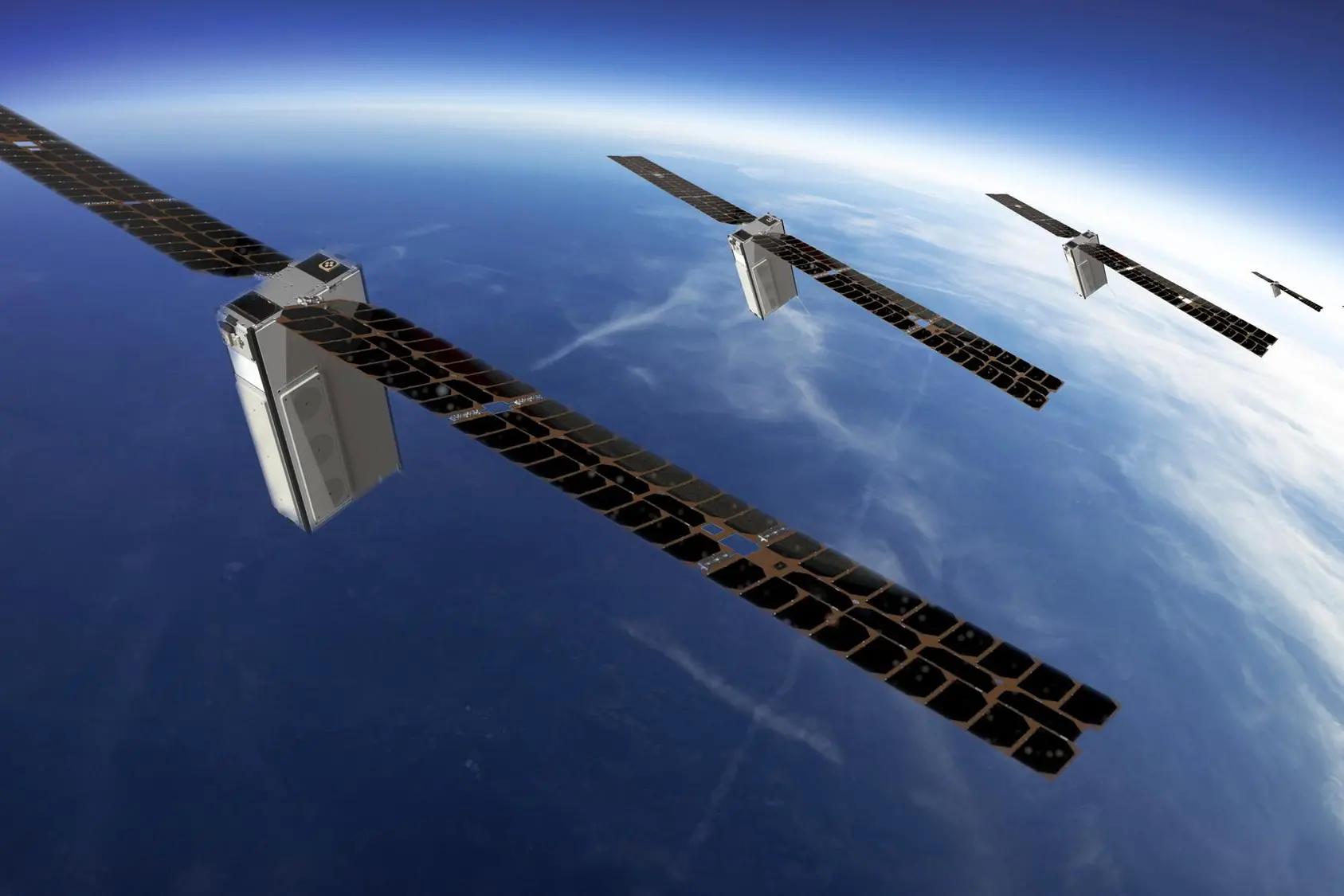The University of Cagliari in space for the first time with Hermes
The mini satellite constellation dedicated to the observations of the most powerful explosions in the Universe was proposed by the University and InafPer restare aggiornato entra nel nostro canale Whatsapp
Hermes, the mini satellite constellation dedicated to observing the most powerful explosions in the Universe, Gamma Ray Bursts, took off this morning from the Vandenberg base in California, aboard a Falcon 9 rocket from the Space X space company. "Hermes is an ambitious astronomy project," said Luciano Burderi, professor of Astrophysics at the University of Cagliari and principal investigator of Hermes. The constellation of six mini satellites was proposed by the University of Cagliari and the National Institute for Astrophysics (INAF), and is funded by the Italian Space Agency (ASI) and the European Union.
The six mini satellites will be positioned in the next few days in orbit around the Earth at an altitude of 600 km and will observe gamma-ray bursts, powerful explosions that originate from the fusion of black holes, neutron stars and the death of stars that explode in supernova. "Thanks to their spatial arrangement," Burderi said, "the satellite constellation will be able to record cosmic explosions and determine their position in the sky, in the same way that the GPS satellite network finds the position of a smartphone on Earth."
Hermes is not only a scientific instrument, but it is also the first satellite constellation to see its light in Italy, an excellence in space that sees the University of Cagliari as a protagonist.
